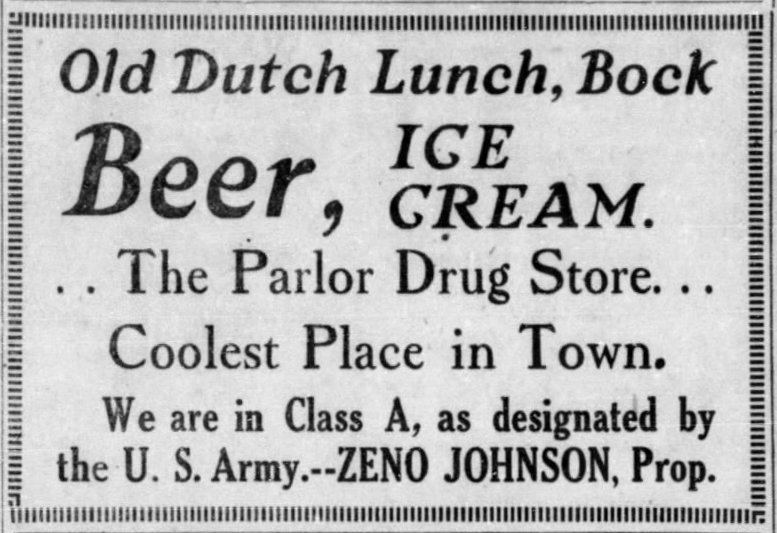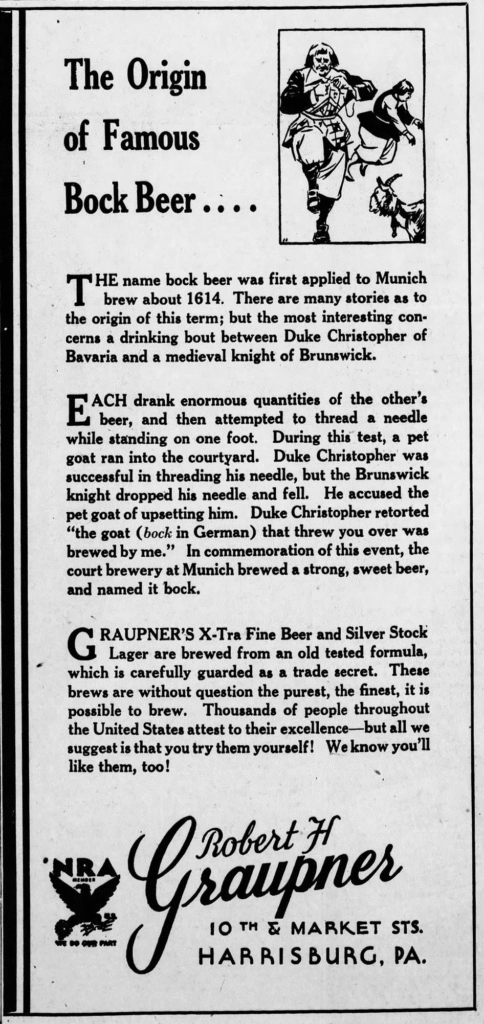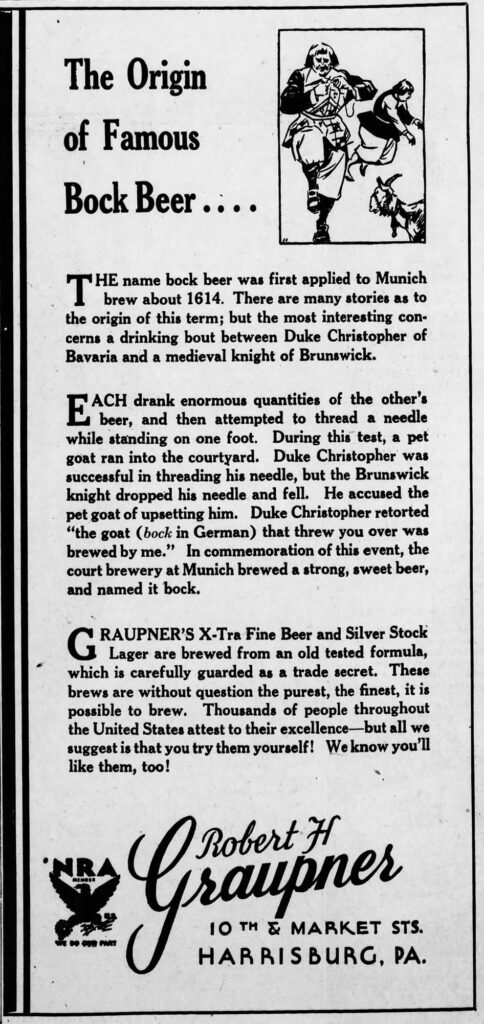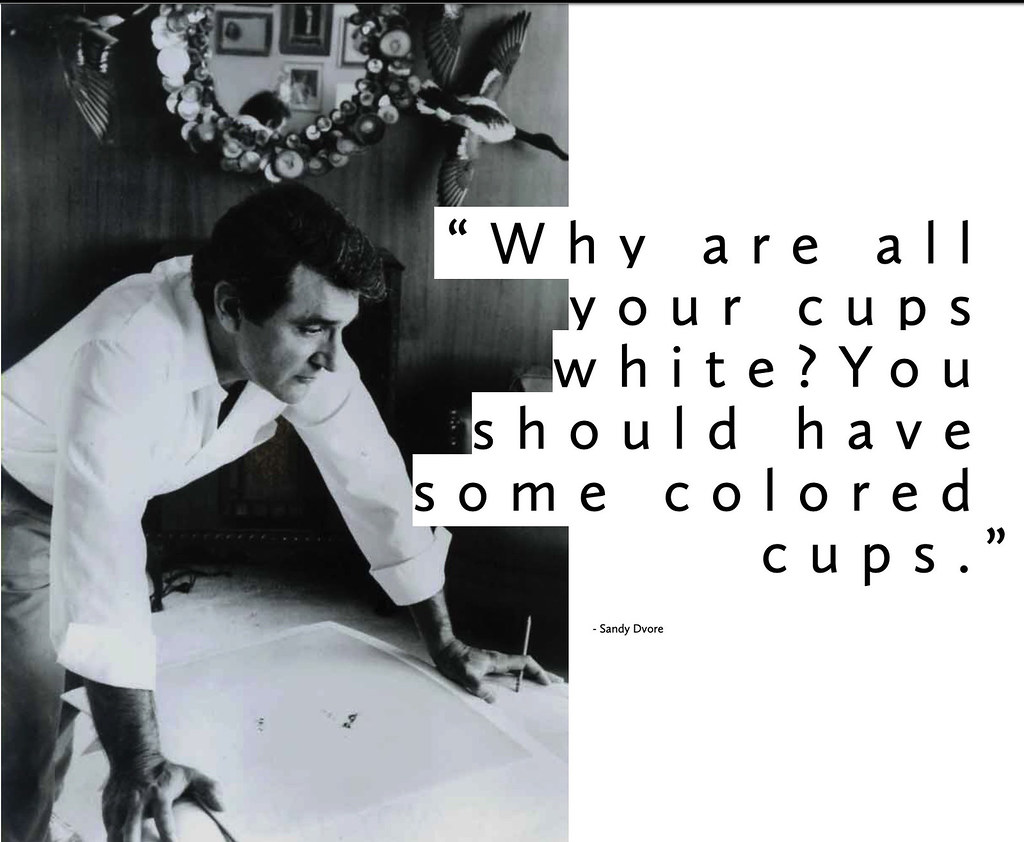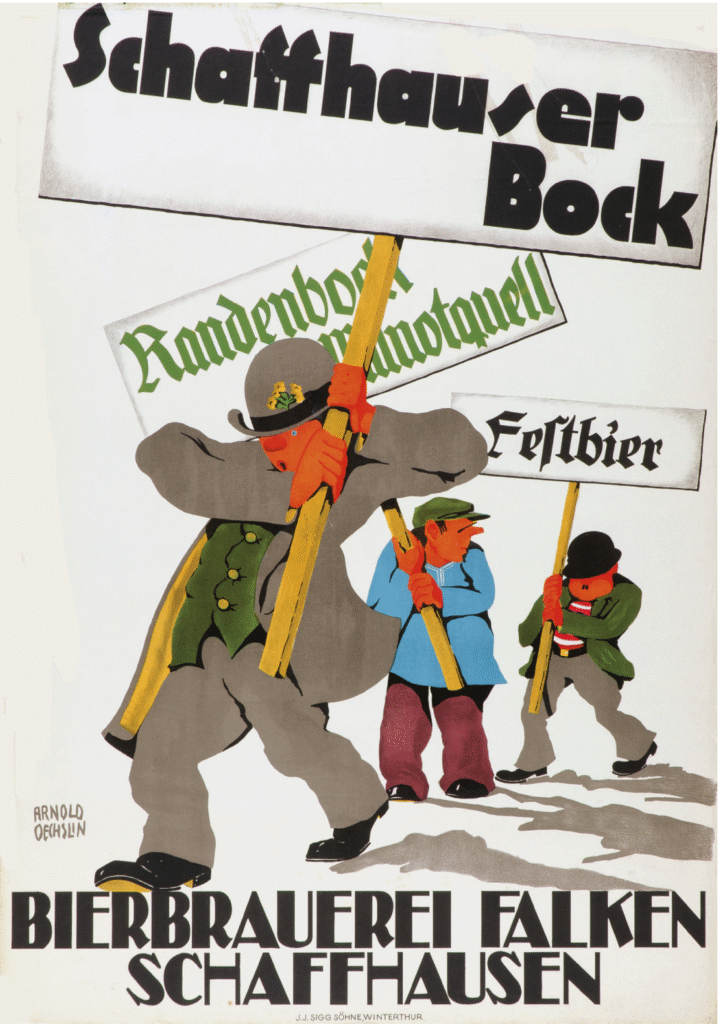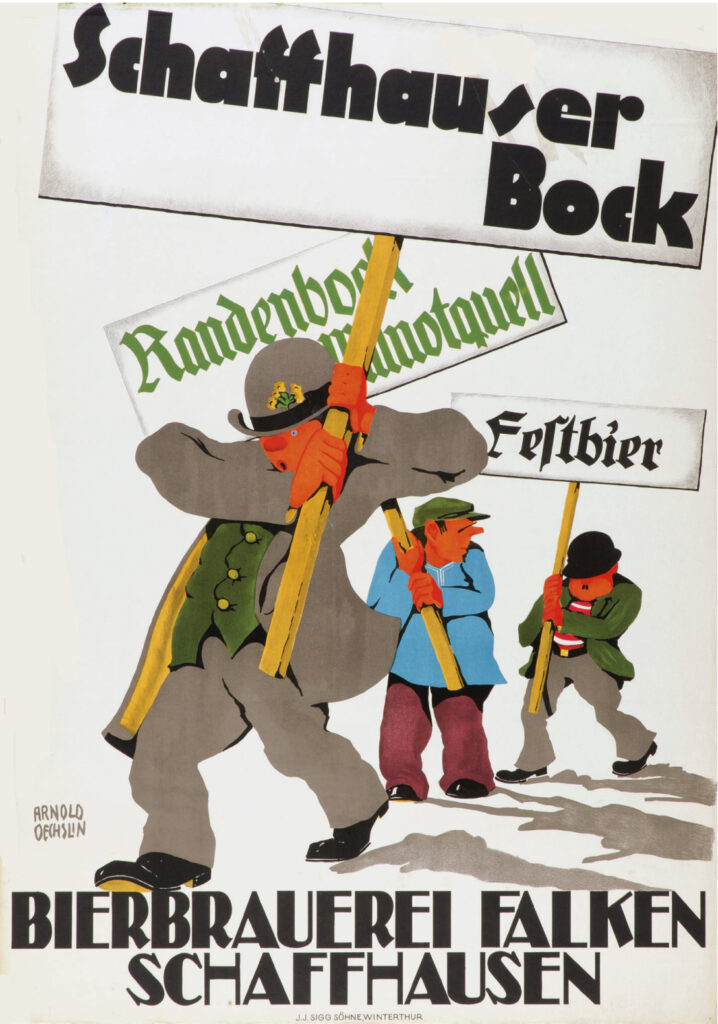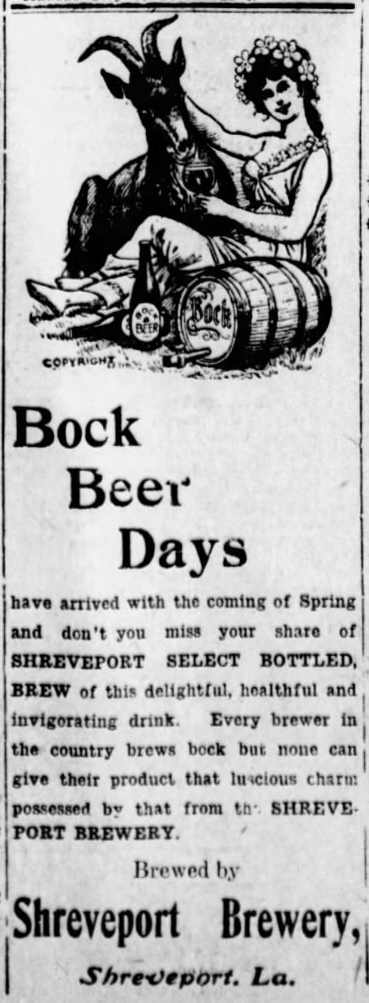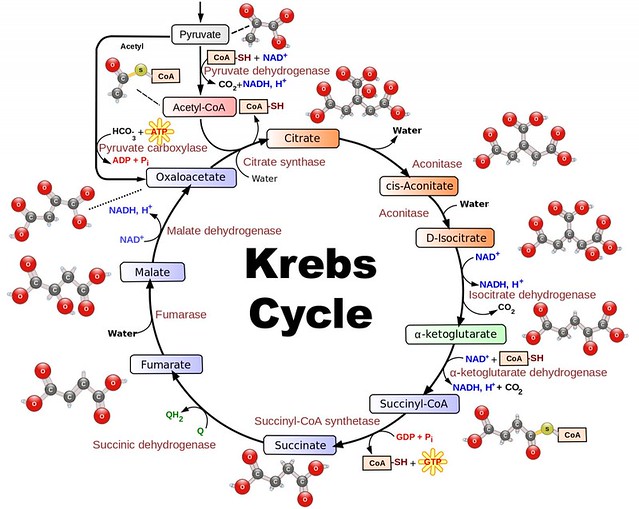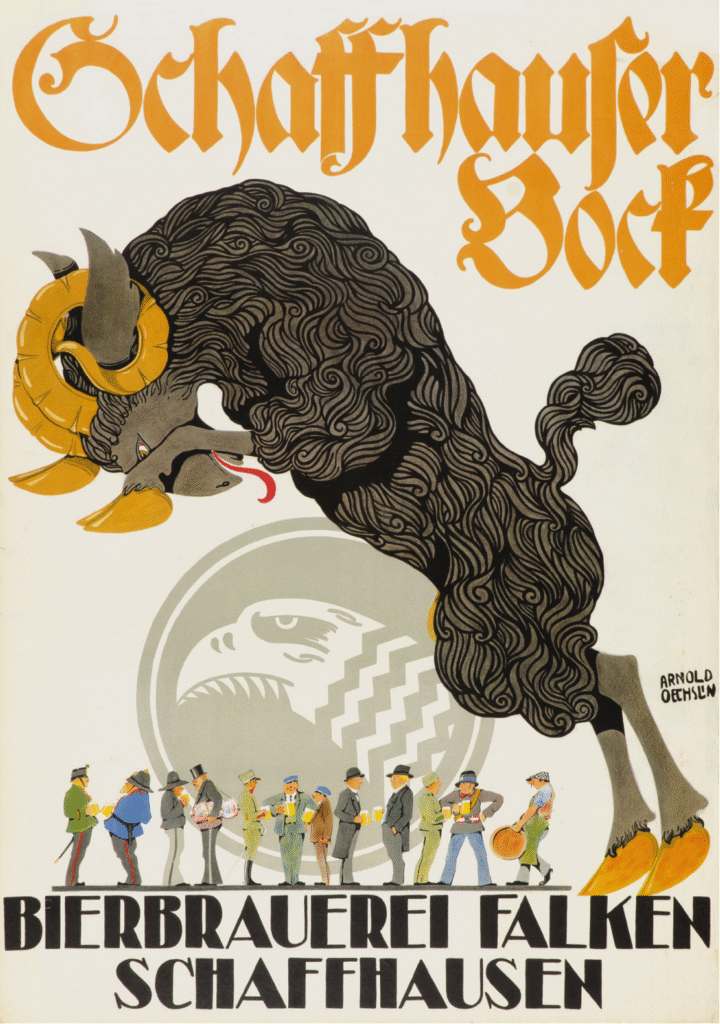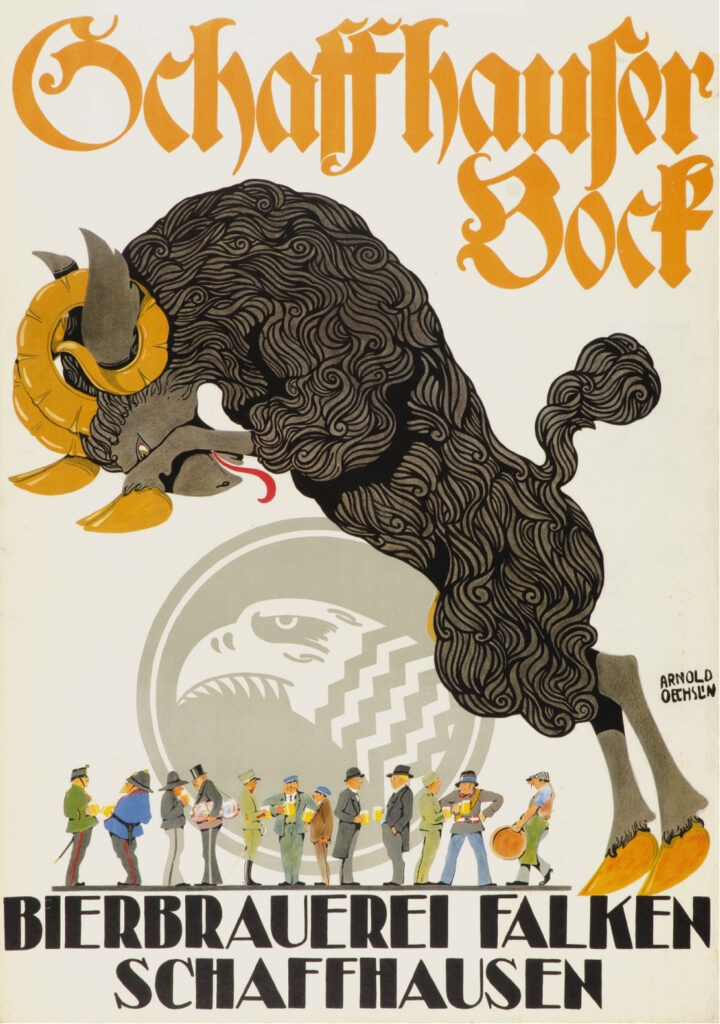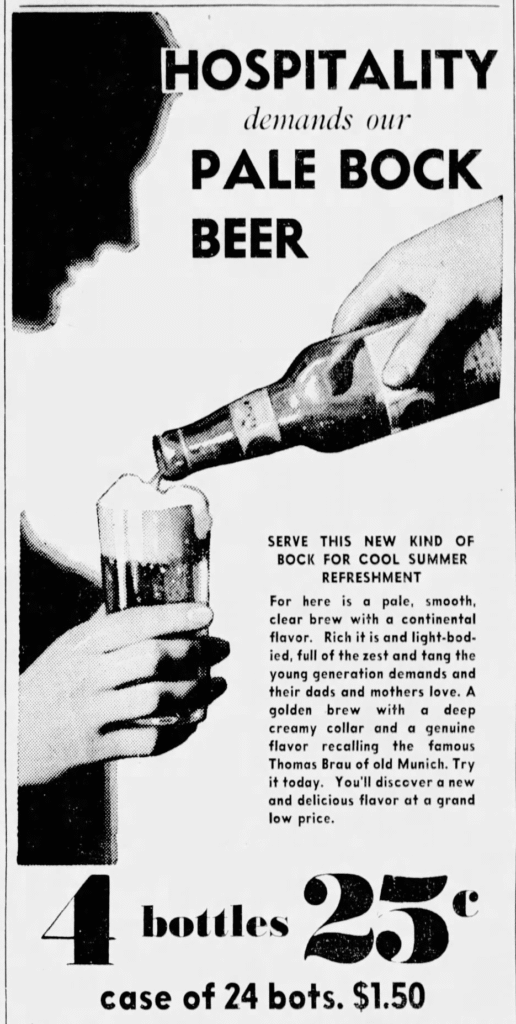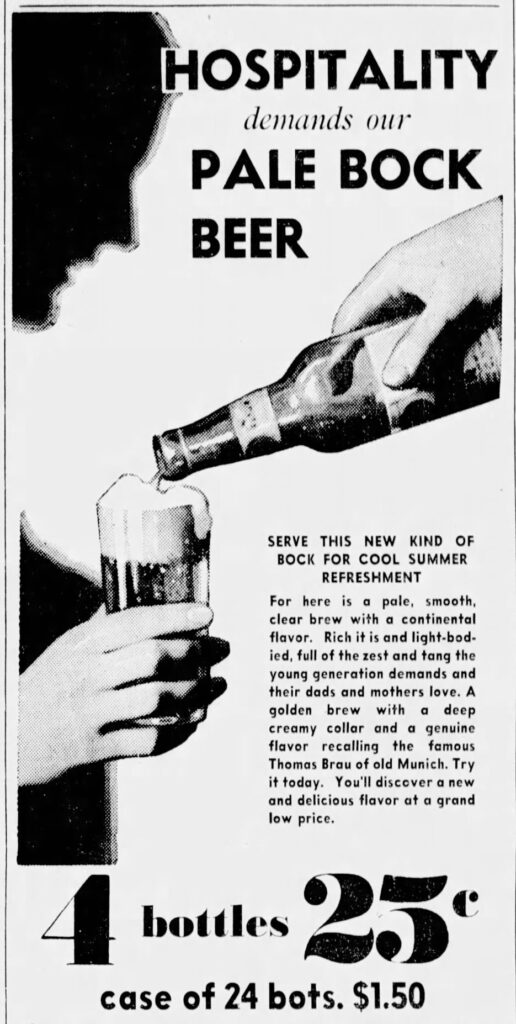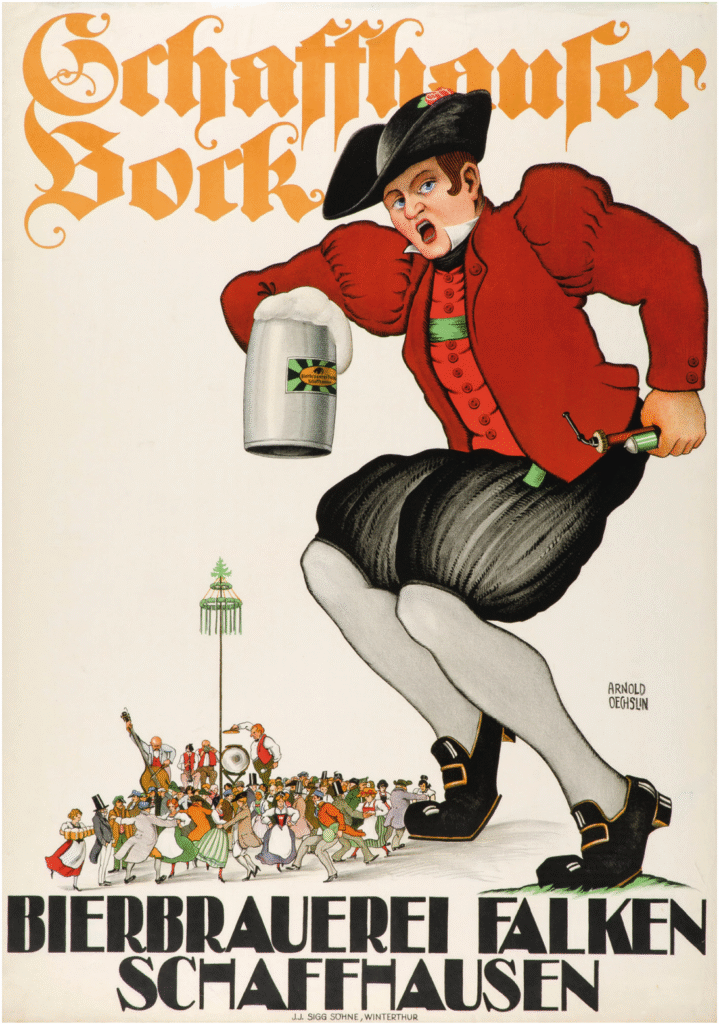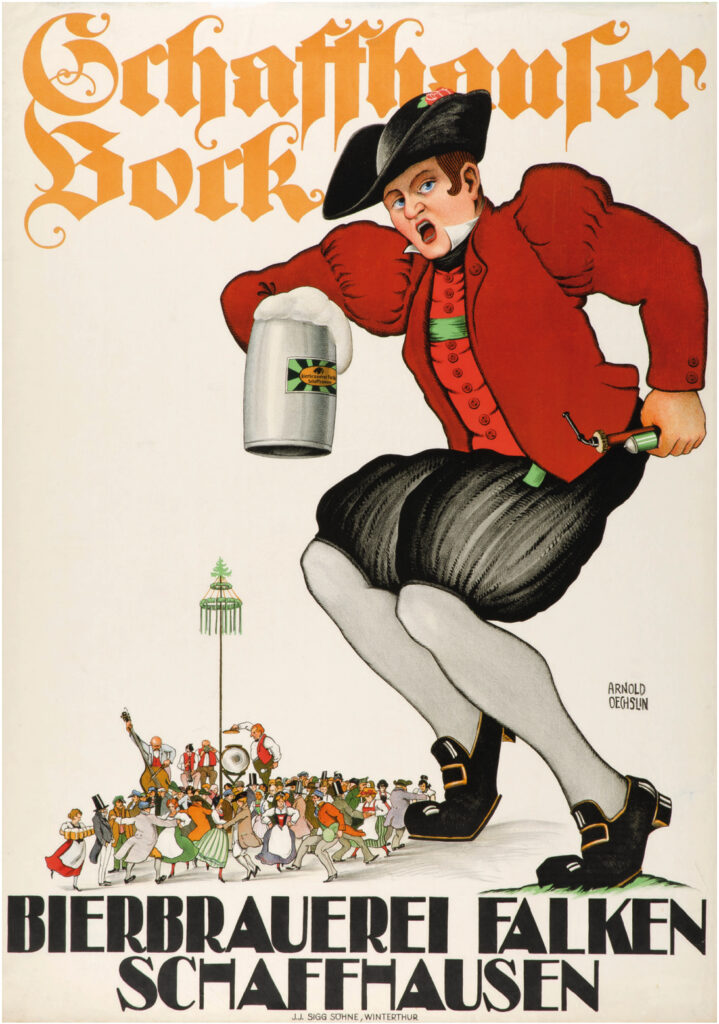
Last year I decided to concentrate on Bock ads. Bock, of course, may have originated in Germany, in the town of Einbeck. Because many 19th century American breweries were founded by German immigrants, they offered a bock at certain times of the year, be it Spring, Easter, Lent, Christmas, or what have you. In a sense they were some of the first seasonal beers. “The style was later adopted in Bavaria by Munich brewers in the 17th century. Due to their Bavarian accent, citizens of Munich pronounced ‘Einbeck’ as ‘ein Bock’ (a billy goat), and thus the beer became known as ‘Bock.’ A goat often appears on bottle labels.” And presumably because they were special releases, many breweries went all out promoting them with beautiful artwork on posters and other advertising.
Friday’s ad is for an Old Dutch Lunch, apparently consisting of Bock Beer and Ice Cream, which was published on August 29, 1919. It’s not mentioned which specific bock beer the Parlor Drug Store (who placed the ad) was serving, though it was apparently the “Coolest Place in Town.” It must have been near a military base since the ad also mentions they were in “Class A, as designated by the U.S. Army.” This ad ran in The Columbus Weekly Courier, of Columbus, New Mexico.
